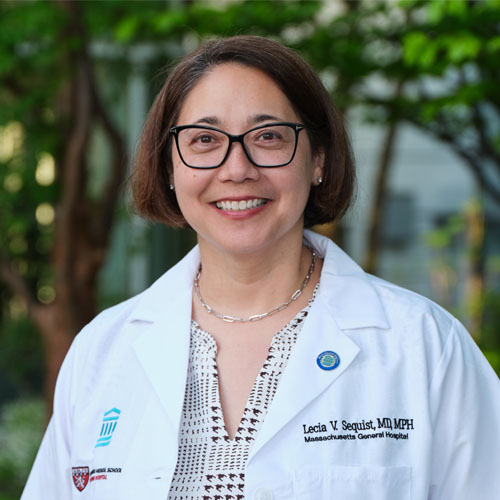-
- Find Care
-
- Visitor Information
- Find a Location
- Shuttles
- Visitor Policies
-
-
- Our Virtual Care Options
- Virtual Urgent Care
- Virtual Visits for Primary & Specialty Care
- Online Second Opinions
- Participate in Research
-
- Contact us
-
- For Innovators
- Commercialization Guide for Innovators
-
-
- Research News
- Alzheimer's Disease
- Artificial Intelligence
-
- Overview
-
- Overview
- Getting Started
- New to Mass General Brigham
- International Patient Services
- What Is Patient Gateway?
- Planning Your Visit
- Find a Doctor (opens link in new tab)
- Appointments
- Patient Resources
- Health & Wellness
- Flu, COVID-19, & RSV
- Billing & Insurance
- Financial Assistance
- Medicare and MassHealth ACOs
- Participate in Research
- Educational Resources
- Visitor Information
- Find a Location
- Shuttles
- Visitor Policies
- Find Care
-
- Overview
- Our Virtual Care Options
- Virtual Urgent Care
- Virtual Visits for Primary & Specialty Care
- Online Second Opinions
-
- Overview
- Participate in Research
-
- Overview
- About Innovation
- About
- Team
- News
- For Industry
- Venture Capital and Investments
- World Medical Innovation Forum (opens link in new tab)
- Featured Licensing Opportunities
- For Innovators
- Commercialization Guide for Innovators
- Contact us
-
- Overview
- Information for Researchers
- Compliance Office
- Research Cores
- Clinical Trials
- Advisory Services
- Featured Research
- Two Centuries of Breakthroughs
- Advances in Motion (opens link in new tab)
- Brigham on a Mission (opens link in new tab)
- Gene and Cell Therapy Institute
- Research News
- Alzheimer's Disease
- Artificial Intelligence
-
- Overview
-
- Overview
- Residency & fellowship programs
- Brigham and Women's Hospital
- Massachusetts General Hospital
- Mass Eye and Ear
- Newton-Wellesley Hospital
- Salem Hospital
- Integrated Mass General Brigham Programs
- Centers of Expertise
- Global & Community Health
- Health Policy & Management
- Healthcare Quality & Patient Safey
- Medical Education
- For trainees
- Prospective trainees
- Incoming trainees
- Current trainees
- Continuing Professional Development
Using AI for Early Detection of Lung Cancer

Lecia Sequist, MD, MPH, program director of Cancer Early Detection and Diagnostics at Mass General Brigham Cancer Institute, and Florian Fintelmann, MD, radiologist specializing in thoracic imaging and intervention, are collaborating with engineers at Massachusetts Institute of Technology (MIT) to explore how artificial intelligence (AI) can help clinicians detect lung cancer earlier than conventional methods.
How is AI being used to detect lung cancer?
Dr. Sequist: Detecting lung cancer early in the disease process is a challenge. Mass General Brigham is making innovative advancements using AI to detect lung cancer early. AI can closely analyze CT scans to identify signs in the lungs and assess who may be at risk for developing lung cancer in the future. This innovation may soon allow for earlier diagnosis and treatment.
Why lung cancer?
Dr. Sequist: Lung cancer is the leading cause of cancer death in the United States and around the world. Screening with low-dose chest computed tomography (LDCT) scans is a public health recommendation for people aged 50 to 80 who have used tobacco. This type of screening has been shown to reduce death from lung cancer by up to 24%. However, as rates of lung cancer climb among people with low or no history of tobacco use, new strategies are needed to screen and accurately predict lung cancer risk across a wider population.
What is Sybil?
Dr. Sequist: Last year, in collaboration with researchers at the Massachusetts Institute of Technology, we published a study about Sybil, an AI tool we developed. Using information from a single LDCT scan, Sybil accurately predicted the risk of lung cancer for individuals with or without a significant smoking history for one to six years in the future, paving the way for personalized cancer screening. Instead of manually assessing individual environmental or genetic risk factors, this tool can analyze CT images to detect patterns humans can’t appreciate and predict cancer risk.
Dr. Fintelmann: Sybil requires only one LDCT and does not depend on clinical data or radiologist input such as image annotations. It was designed to run in real-time in the background of a standard radiology reading station and provide point-of care clinical decision support.
What’s the future for using Sybil to address lung cancer rates?
Dr. Fintelmann: Our initial study was retrospective, so prospective studies that follow patients over a period are needed to validate Sybil. In addition, the U.S. participants in the study were overwhelmingly white (92%), so future research will be necessary to determine if Sybil can accurately predict lung cancer in diverse populations.
Dr. Sequist: In our study, Sybil was able to detect patterns of risk from the LDCT that were not visible to the human eye. We’re excited to further test Sybil to see if it can provide additional information to help radiologists with diagnostics and sets us on a path to personalize screening for patients. We are also exploring partnerships with our primary care colleagues to drive earlier detection and diagnosis of lung cancer when the chance of a cure is more possible.

Contributor
